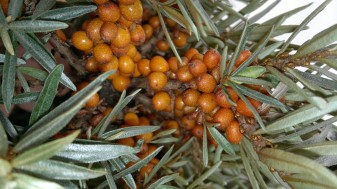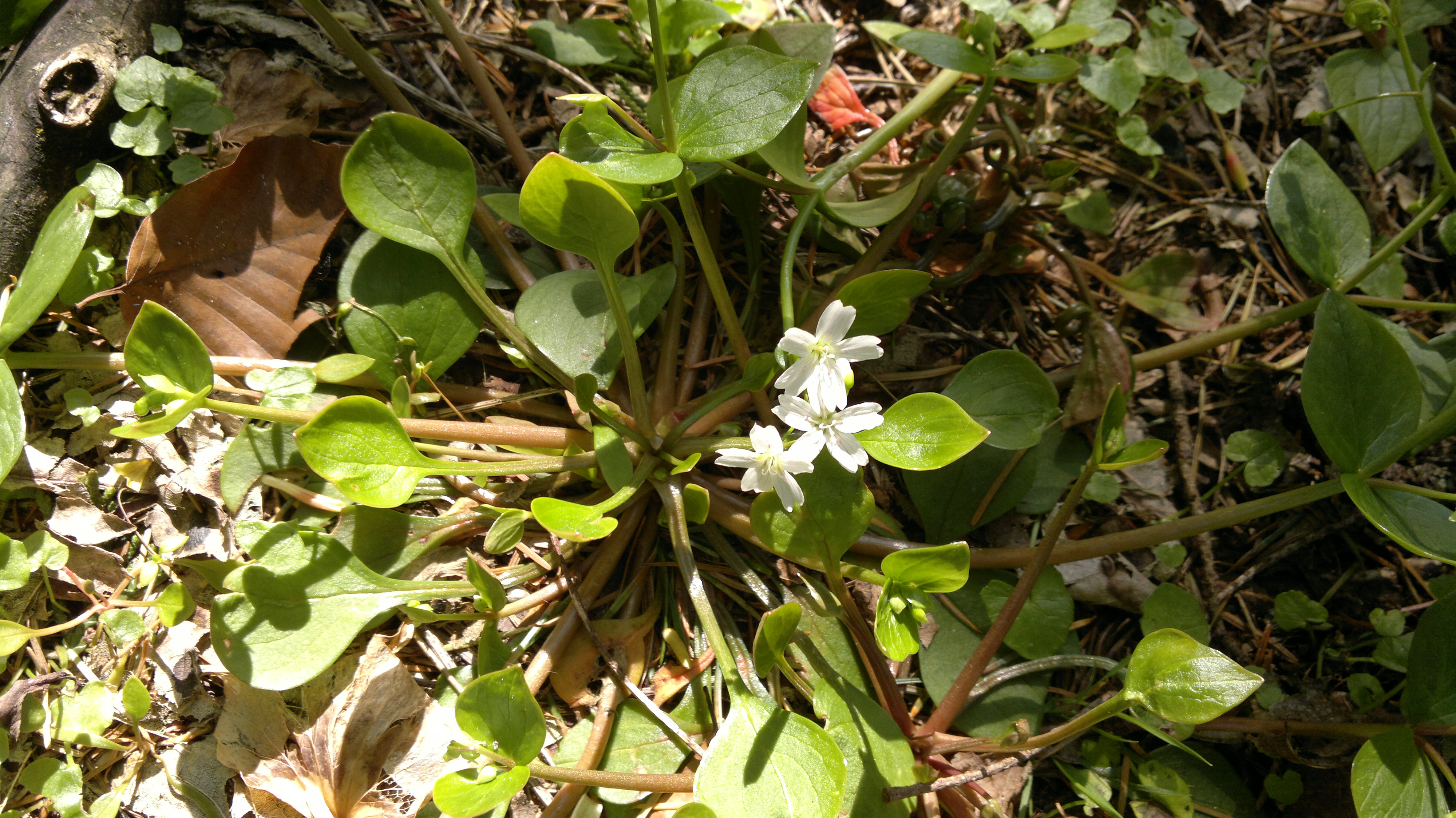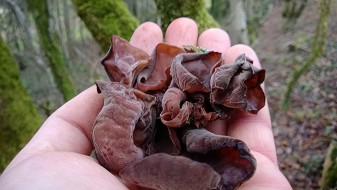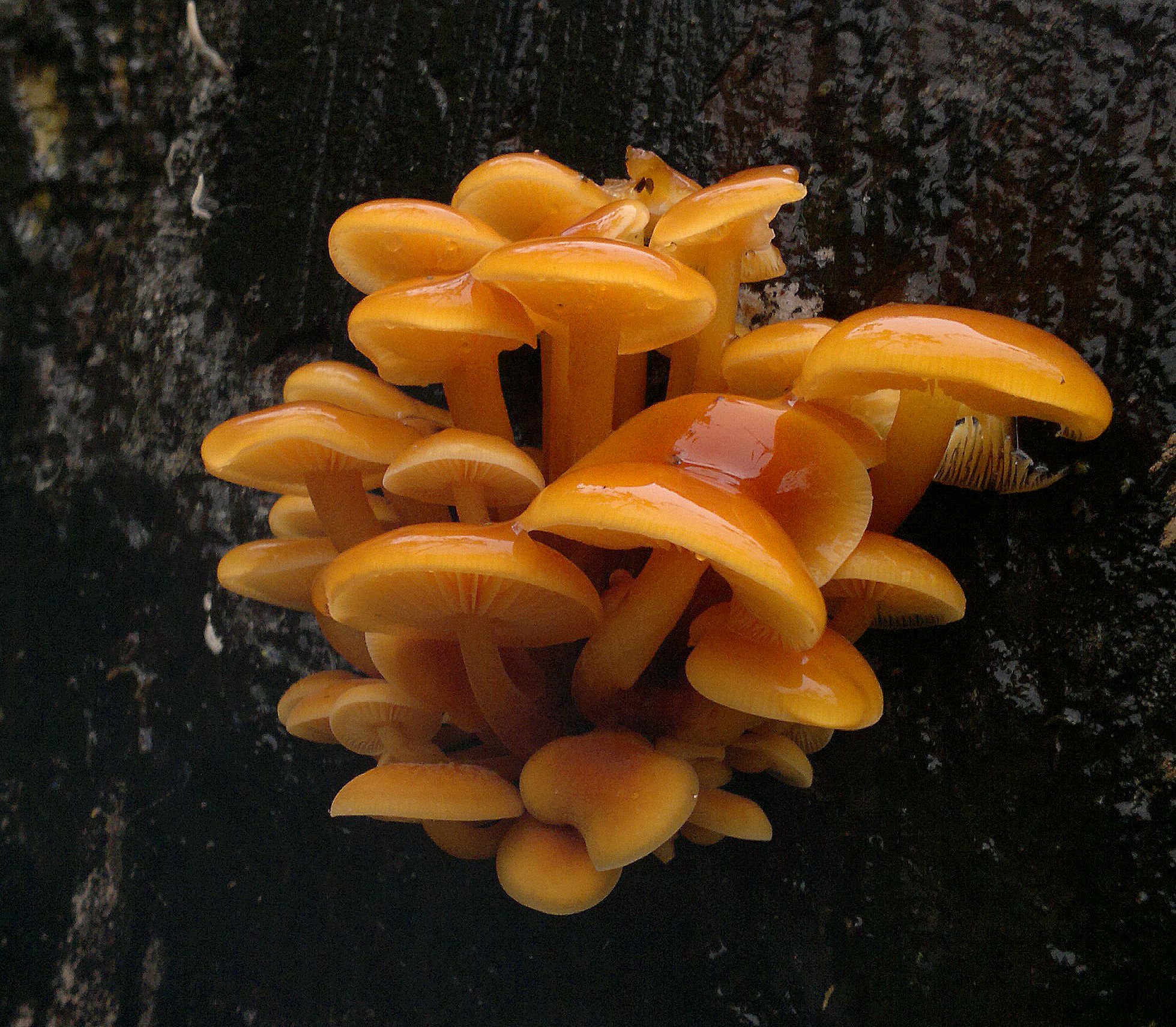Pepper Dulse – Edibility, Identification, Distribution
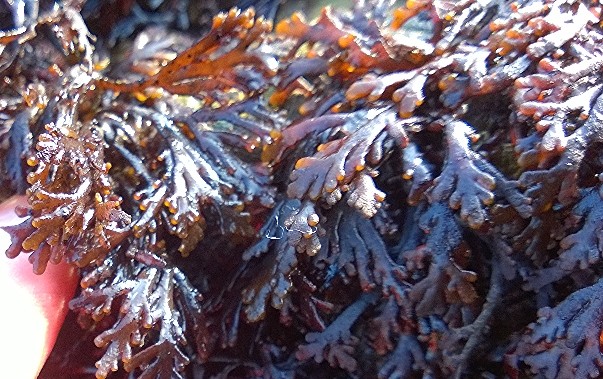
This amazing little seaweed packs an extraordinary flavour that you really have to taste to believe. I’ve fed it fresh to food lovers who reacted with such amazement, delight and determination to have more, that I expect they are now to be found living in coastal caves as ragged pepper dulse junky hermits…
